Pruning lilacs in the fall: process features and useful tips
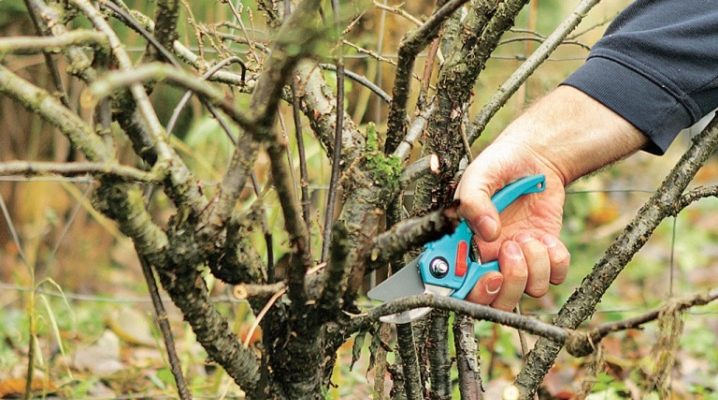
Lilac is a very beautiful plant that can be found in almost any villager or gardener from Brest to Sakhalin. Caring for a shrub requires adherence to some rules that are technologically not difficult, but they must be followed regularly over the years.
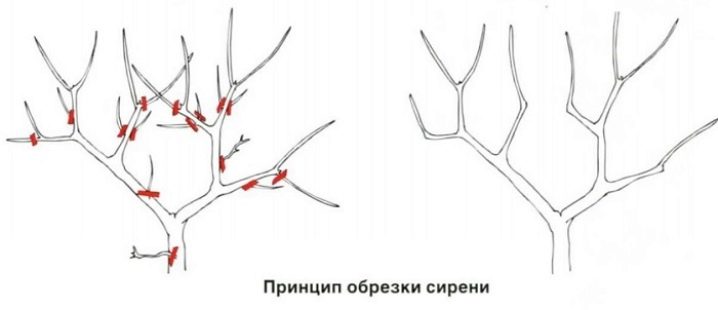
What is pruning for?
To properly preserve the shrub, it should be systematically pruned. Extra branches overload the root system, which means that fewer beautiful flowers appear, lilac spends the lion's share of the resource on the development of unnecessary branches.
It is best to prune in early spring or shortly after flowering. There is no rational sense for a beginner to cut the shrub in October-November, you can inadvertently remove the buds that are just being tied. Only experienced gardeners can properly cut lilacs in the fall; this business requires some practical experience and knowledge. From the point of view of benefits for plants, autumn pruning brings more benefits, the plant is in a "relaxed" state, it prepares for wintering. Tasks that can be solved using cropping:
- pruning makes it possible to form new buds;
- branches affected by pests are removed;
- with the help of pruning, a general rejuvenation of the plant occurs;
- pruning improves the overall metabolism of lilacs;
- the appearance of the plant becomes more aesthetically pleasing.


Pruning should be practiced on cloudy days, as intense UV rays can damage the plant. In addition to the cylindrical configuration, it is good to do pruning with a standard, but this must be done with special care, lilacs of this shape are susceptible to infectious diseases.
It is important to observe the measure during pruning, otherwise the lilac may not cope with the resulting stress, there is a risk that flowering will not happen.
During pruning, only strong shoots are left, the elimination of fragrant inflorescences is also allowed, farmers love to decorate their homes and front gardens with them.
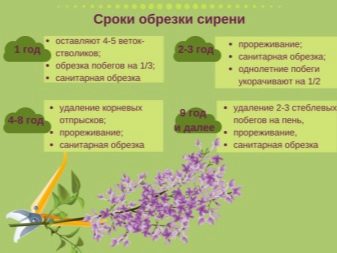

When working, you must not break branches, the place of scrapping can become a source where infection gets.
After the completion of pruning, the lilac is watered without fail. All work is done before the kidneys swell:
- non-viable shoots are removed to the very ground;
- the rest of the branches remain up to 50 cm long.
A year later, in March, the left shoots are pruned to a ring, several branches remain on each shoot.
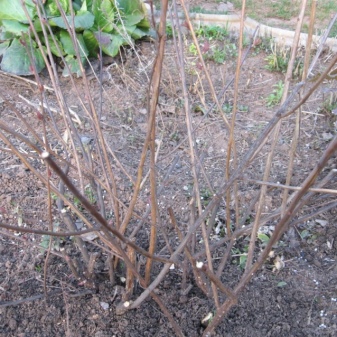
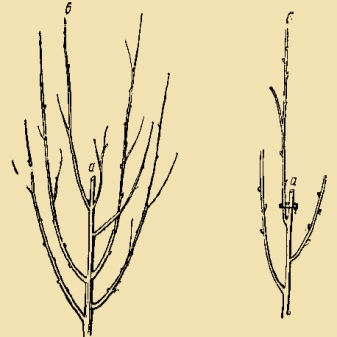
General rules and technology
Pruning is recommended to be done one month before the onset of persistent cold weather. In the southern regions of the country, it is produced even in November, if the autumn is warm. There are different methods of performing such an operation.
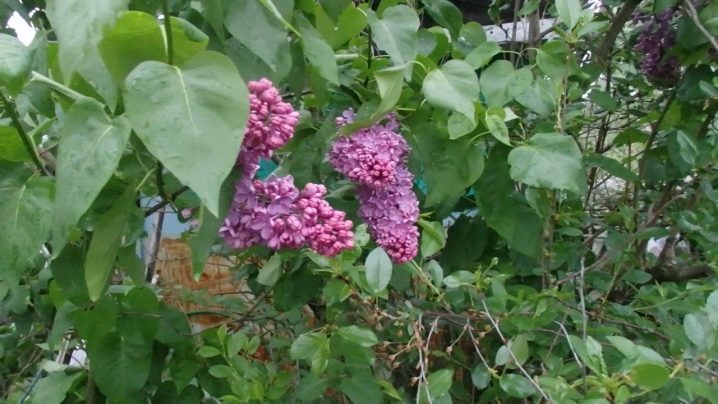
Sanitary
First of all, the plant is examined. You need to remove:
- old branches without leaves;
- branches affected by parasites;
- the branches are dry and cracked;
- branches that create excessive density.
In the event that the plant is already grafted, the branches that have appeared below the grafting site must be cut off.
Sanitary pruning is the removal of all branches that are not viable or dead. The same applies to inflorescences that no longer bear fruit. Such events are usually carried out with lilac bushes, which are at least 15 years old. Rejuvenating an old shrub with sanitary pruning can be very powerful.
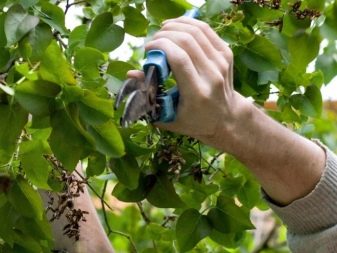
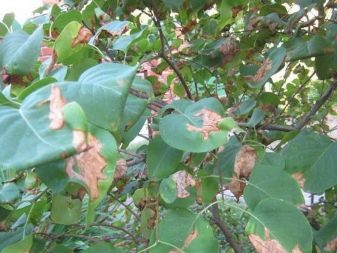
But also sanitary pruning involves shortening the tops, for this it is often necessary to use telescopic ladders. The use of such a scheme allows the lower branches to develop more actively, and the metabolism in the root system increases. And you can also form a plant of any shape: cylindrical, round or any other.
In lilacs (up to 5 years old), up to 5 shoots can be formed, which will eventually turn into bearing branches. They must be directed outward without fail. Each year, the operation is repeated step by step over and over again until the desired configuration is formed. At the same time, it is important not to allow excessive growth of branches, an increase in their density.
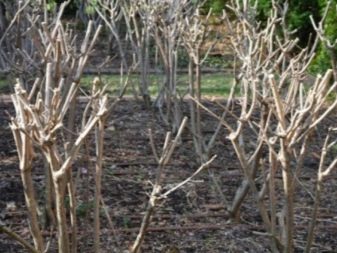
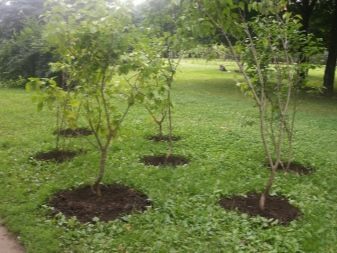
Shaping
There is also a molding trim. In this case, the lilac crown is also formatted over several years. Several shoots are selected that are at the correct distance, all others are cut off.
For novice gardeners, such work is an effective training that promotes rapid development of qualifications.
After 12 months, a "field for activity" appears, you can work with the emerging young "frame" branches. The branches are those that grow in the upper part of the plant. The branches that grow inside the bush, creating extra density, are cut off. A similar operation is repeated annually at approximately the same period. The operation can be carried out after three years of the existence of the plant, then it will only be possible to do preventive pruning.
Often, farmers form a lilac bush in the form of a small tree. For this, the main branch is taken, which will eventually develop into the trunk. The remaining branches are cut off. After some time, the plant develops in height, guiding "frame" branches are selected, with which further work takes place. At the same time, all unnecessary shoots are cut off.


Cosmetic
There is cosmetic pruning that helps rejuvenate the plant. The second name for this action: anti-aging pruning. Most often, it is permissible to work with plants that are more than 10 years old. In this case, the following manipulations are done:
- thin and old branches are removed, shoots remain, which are cut to 8-14 cm;
- there is also pruning "to the stump", in this case, several branches are cut off, while "stumps" with a length of 8 to 14 cm remain, the rest are completely removed.
After cutting, the "wounds" are treated with various compounds, most often they use a special putty, which is used in gardening;
- crushed coal;
- potassium permanganate solution;
- bactericidal putty;
- brilliant green.
- iodine.
The point is to prevent spores of pathogens from entering the plant. If this happens, then the lilac bush may die.
After the formation of future branches in subsequent years, only preventive pruning is done, when excess young branches are shortened.
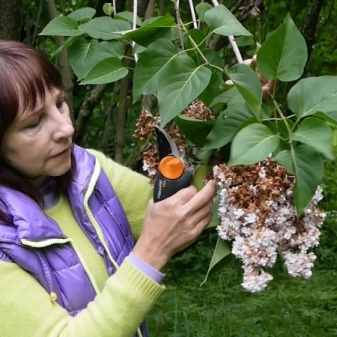
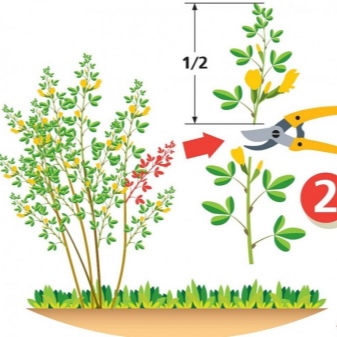
Radical
There is also radical pruning where all excess shoots are removed. Such an operation is a great stress for the plant, but later it gets a kind of rebirth, the bush becomes very beautiful, the flowering is more abundant.
The crown is formed in a three-year-old plant; in subsequent seasons, the necessary branches are “isolated” from the bush.
A special place is occupied by the standard lilac, which always looks festive and spectacular. This is a compact planting, the height of which does not exceed 2.7 meters. On a dark brown trunk, there is a dense round crown. Flowers come in a wide variety of colors, from bright red to dark yellow. Such lilac develops well in loams. It is not difficult to take care of the standard lilac, it does not have extra branches that need to be cut off every year.
It is permissible to graft other types of lilacs to such lilacs, which makes it possible to appear beautiful buds of different colors for many years.
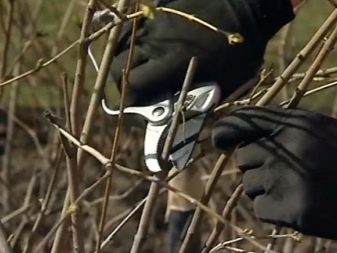

Secrets of proper care
Plants are made up of roots, trunk, branches and leaves - all this together is a single whole of a complex organism. Correct pruning has a gentle effect on the entire system, which makes the lilac feel comfortable.
Each node of this plant makes it possible for two branches to develop, it is important to understand when the root system begins to "slip" and not cope with the overgrown branches, not having time to provide them with all the necessary useful components.
Pruning lilacs is a preventive measure that is best done in a timely and regular manner. You need to know the general rules so that the lilac does not die.
If everything is done correctly, you can achieve a striking effect when the plant is, in the full sense of the word, "sprinkled" with flowers during the flowering period from top to bottom.

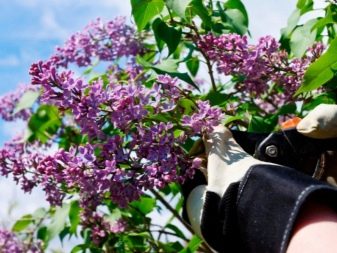
Any plant during the pruning period receives the strongest stress, it is important that the inflicted "wounds" do not become the point where the infection gets. To prevent this from happening, you should do the following manipulations:
- disinfect wounds;
- do not feed the lilacs for some time with various compounds.
It is important to properly care for the shrub. To do this, you should do some manipulations on time.
Watering the plant is not strictly necessary, the lilac tolerates dry weather well. However, in September-October, the plant should be irregularly watered, in which case the flowering will be abundant.
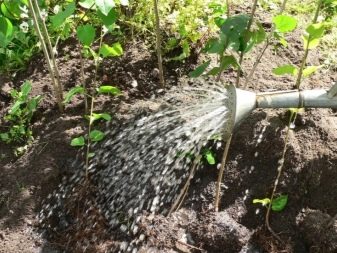
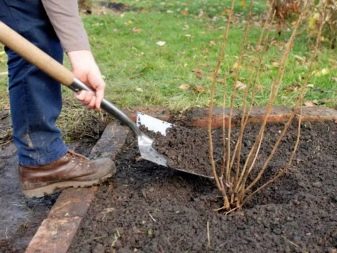
It is best to feed the plants with rotted manure or mullein. Such substances allow the shrub to activate metabolism, flowering will be more abundant in this case. The manure should be diluted at a ratio of 1/10. Mullein is cooked in a 1/5 ratio. Each bush requires an average of 12 to 32 liters. It is also acceptable to use chicken droppings in a 1/8 ratio. The main feeding is possible three weeks before the onset of cold weather.
Care should be taken that the soil does not oxidize, for lilacs this state of affairs is contraindicated. The acidity of the soil can be reduced by such substances:
- dolomite flour;
- chalk;
- ash;
- pounded egg husks.
After adding additives, the soil is carefully dug up (depth no more than 6 cm). It is important to remember that feeding lilacs is carried out only using organic compounds.
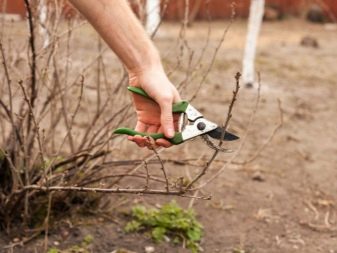

The soil around the shrub should not freeze too much during the cold season. The trunk and soil (up to 20 cm) are "wrapped" in material:
- straw;
- leaves;
- peat;
- sawdust.
If this is not done, then the plant may die or significantly slow down its development. Mature plants tolerate cold well, but young plants need care when temperatures drop below –5 degrees. A young plant hardens well and acclimatizes if mulched correctly. The trunks of the standard lilac are wrapped in cotton rags or burlap. Much depends on the latitude where the lilac grows. In Siberia, where frosts can be below -30 degrees at night, the plant should be especially carefully wrapped.
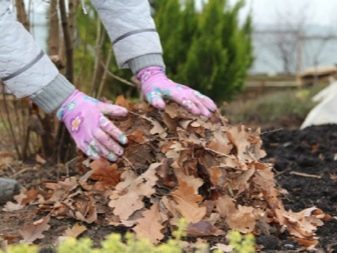
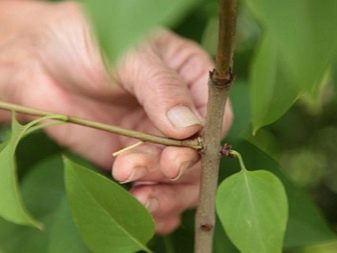
The climate near Moscow is not so harsh, here the plant can be covered in the traditional way. In the Volga region, mulch with a 20 cm layer of spruce branches, you can also use straw.
In Siberia and the Northern Urals, mulch can reach up to 25 cm, young plants are wrapped with agrospan. And also such manipulations are reliable protection against rodents.
Often, during heavy snowfalls, snow is trampled down around the trunk, which is a reliable "shield" from the searing frosts.
Some summer residents make mistakes. For example, too deep digging around the trunk, which makes the plant wither and gives poor "color", the number of buds decreases dramatically, two to three times.
You can not remove the buds from which flowers appear, this affects the development of the entire plantation.
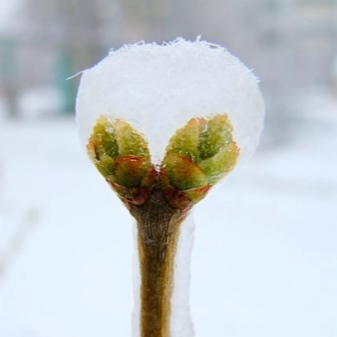
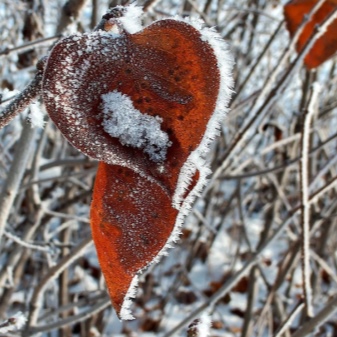
Lilac is an amazing plant that requires a little but regular attention. If done correctly, it will delight the gardener for a long time.
The nuances of trimming a siren are described in detail in the video below.






























































The comment was sent successfully.